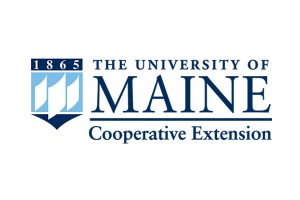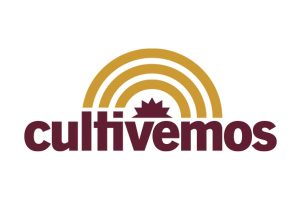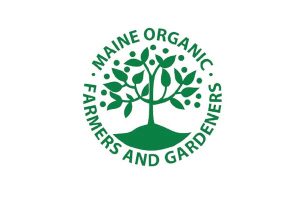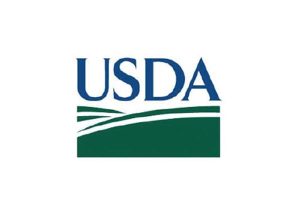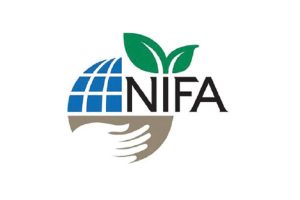Talking to Farm Customers About PFAS
None of us wants contaminants in our food!
What are PFAS?
PFAS are a group of manmade chemicals that repel oil, grease, water, and heat that started being used widely in the 1950s. They are found in household and industrial products such as non-stick cookware, water- and stain-resistant clothing, cosmetics and menstrual products, disposable diapers, coated food packaging and firefighting foam. 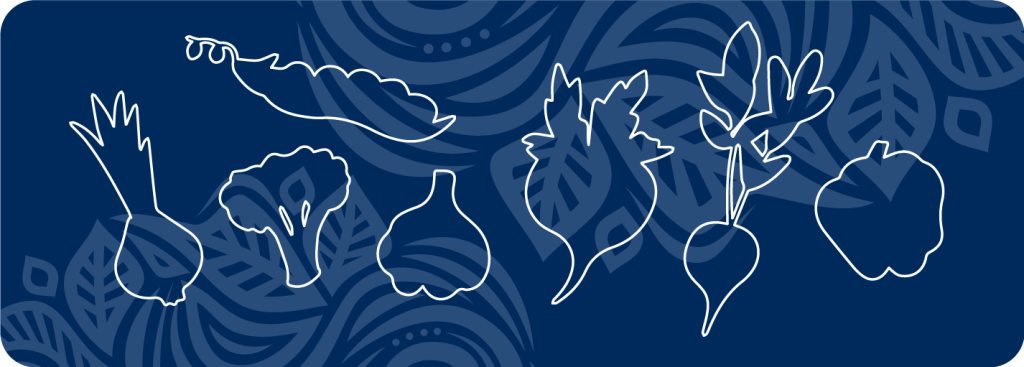 PFAS have been found at low levels in the environment and are called “forever chemicals” because they do not break down easily in the environment or the body.
PFAS have been found at low levels in the environment and are called “forever chemicals” because they do not break down easily in the environment or the body.
Jump to:
- What are PFAS?
- Why are we concerned about PFAS?
- How did PFAS get onto farmland?
- What is Maine doing about the problem of PFAS on agricultural lands?
- How do I know if Maine food is safe?
- How do I know if PFAS is in my local farm’s food?
- How can I protect myself?
- What can we do?
- Where can I go to find out more?
Things to Keep in Mind about PFAS:
Maine farms are leading the nation in terms of assessing and resolving the PFAS problem. Buying from local farms is one of the best ways to know about where your food comes from and what it contains.
Food is not the only way people are exposed to PFAS. Exposure also comes from other sources and products in our everyday environments. Maine is continuing to research how PFAS moves through the environment to increase our understanding of exposure.
While there are things we don’t know about PFAS, we are learning more all the time. We know what kinds of crops and products are most critical to test, and many new options for remediation are being developed. Farmers across the state are actively adjusting crop and livestock practices based on the most recent scientific research.
We understand that uncertainty can be stressful. Reach out to Maine 211 or call 2-1-1 for support resources.
 Why are we concerned about PFAS?
Why are we concerned about PFAS?
Health agencies are working to understand more about what levels of PFAS in the system pose risks, and what the exact health effects are of low-level, long-term exposure. Studies in animals and humans who were exposed to PFAS found increased cholesterol, changes in hormones and the immune system, decreased fertility, and increased risk of certain cancers.
How did PFAS get onto farmland?
Widespread industrial use of products containing PFAS means that these chemicals have made their way into our waste stream. Here in Maine, PFAS found in drinking water, surface water, and soil have been traced to the use of firefighting foams at military facilities, leachate from unlined landfills and applications of fertilizers in the form of sludge that contained these compounds.
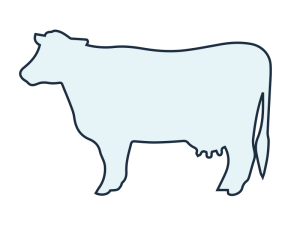 What is Maine doing about the problem of PFAS on agricultural lands?
What is Maine doing about the problem of PFAS on agricultural lands?
A lot! Maine has been leading the nation in dealing with PFAS and working hard to keep Mainers fed and safe. Our state’s farmers, policy-makers and scientists are at the forefront of collaborative problem-solving. Maine is creating a roadmap for the rest of the country to follow so that food produced elsewhere can be as safe as the food produced in Maine. Through legislation, testing, and other actions, our state has effectively “turned off the tap” of these contaminants on our farmlands.
The Department of Agriculture, Conservation and Forestry (DACF) and the Department of Environmental Protection (DEP) have been testing water supplies and farmland where sludge has been applied. In 2022, the State Legislature passed laws making new sludge application illegal. By the end of 2025, all sites that were permitted for sludge application will be tested, using a tiered prioritization system.
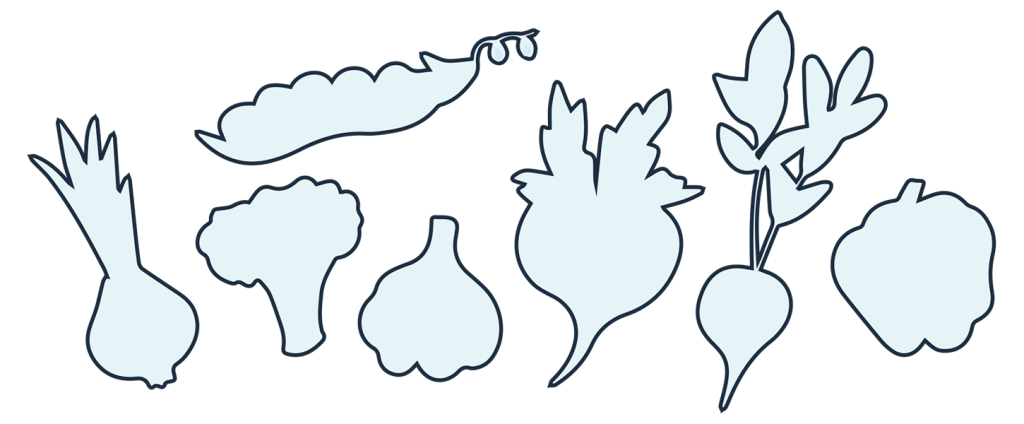 How do I know if Maine food is safe?
How do I know if Maine food is safe?
First, remember that low-level exposure to foods is not an immediate health risk. And because of Maine’s proactive testing protocols, you can be more confident about the safety of food produced in Maine than in foods from states that are not yet addressing this issue. Assessing PFAS risk in food is focused on minimizing risks to human health; the federal government is working to establish safety levels for PFAS in foods but clear guidance has not yet emerged. For current guidelines on specific food action levels, visit the Per- and Polyfluoroalkyl Substances (PFAS) page on Maine.gov’s Maine Department of Agriculture, Conservation & Forestry website which offers the latest findings. If you can, talk to your farmers and ask them if their crops are at risk for PFAS contamination. Many farmers have evaluated the history of their land and water already and can share what they know.
How can I protect myself?
PFAS are present at low levels throughout the environment, so you cannot eliminate PFAS exposure entirely.
However, you can take steps to reduce long-term exposure and other risks.
For example:
- Test your drinking water to make sure it isn’t contaminated with PFAS, or check with your local water supply to see if it’s been tested.
- Check for fish advisories by visiting the Maine CDC Fish and Seafood Safety page which offers advisories by fishing location, and avoid eating fish from contaminated waters.
- Keep buying and eating local food! Local food is as safe as produce grown anywhere else, if not safer. (Farms with high-level PFAS here are not selling their products, and others have successfully mitigated and/or remediated PFAS on their land.)
Besides making choices about food and water, you may also want to:
- Buy from companies that have committed to being PFAS-free. (Big corporations such as IKEA, Levi’s and Keen have already implemented PFAS-free policies.)
- Do not purchase or use water-proof and stain-repellent treatments that contain PFAS for your furniture, bedding, carpets and clothing. Look for products labeled PFAS-free.
- Replace pots and pans with non-stick coatings with stainless steel, cast iron or ceramic cookware.
- Avoid coated paper products such as disposable plates, coffee cups or popcorn in microwave bags.
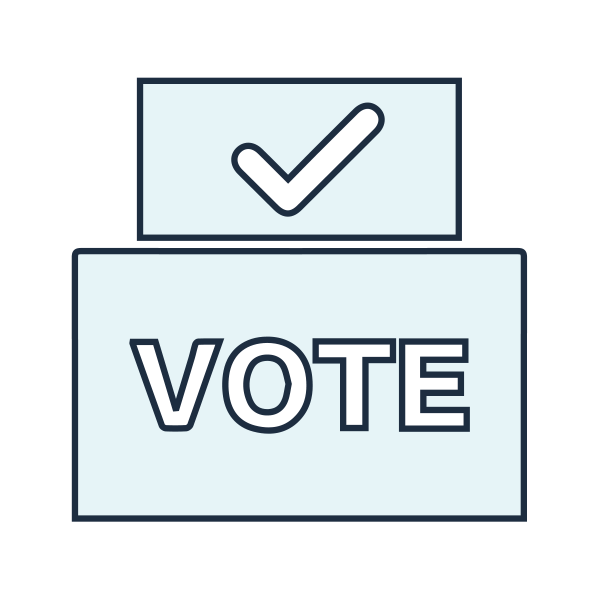 What can we do?
What can we do?
We can each make choices in our own lives, but global change will come via federal and corporate action. So make your dollars, your voice and your vote count! Buy from companies who have eliminated the use of PFAS in their products, and write to companies and your lawmakers to insist that all non-essential manufacturing and usage of PFAS be phased out in the US.
Where can I go to find out more?
V1-05/2023




